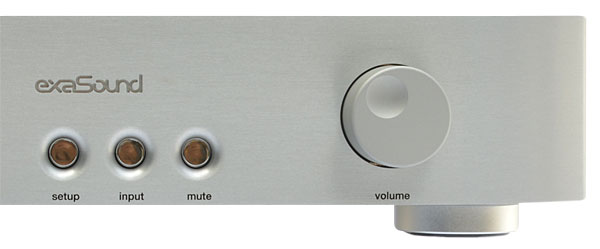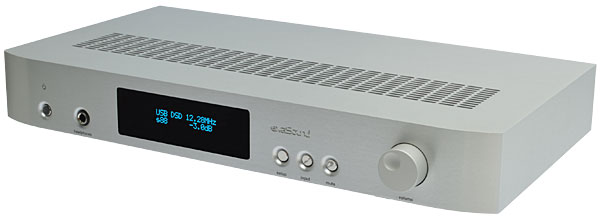| Columns Retired Columns & Blogs |
The article states, "...it was little more than a tick from the main speakers and a bip from the subs. I only heard it from the unbalanced inputs—it was absent when I hooked things up with RCA."
Kal, I suspect that you had intended the word "balanced" rather than "unbalanced" in this, if the problem went away on the RCA terminated interconnection.









































